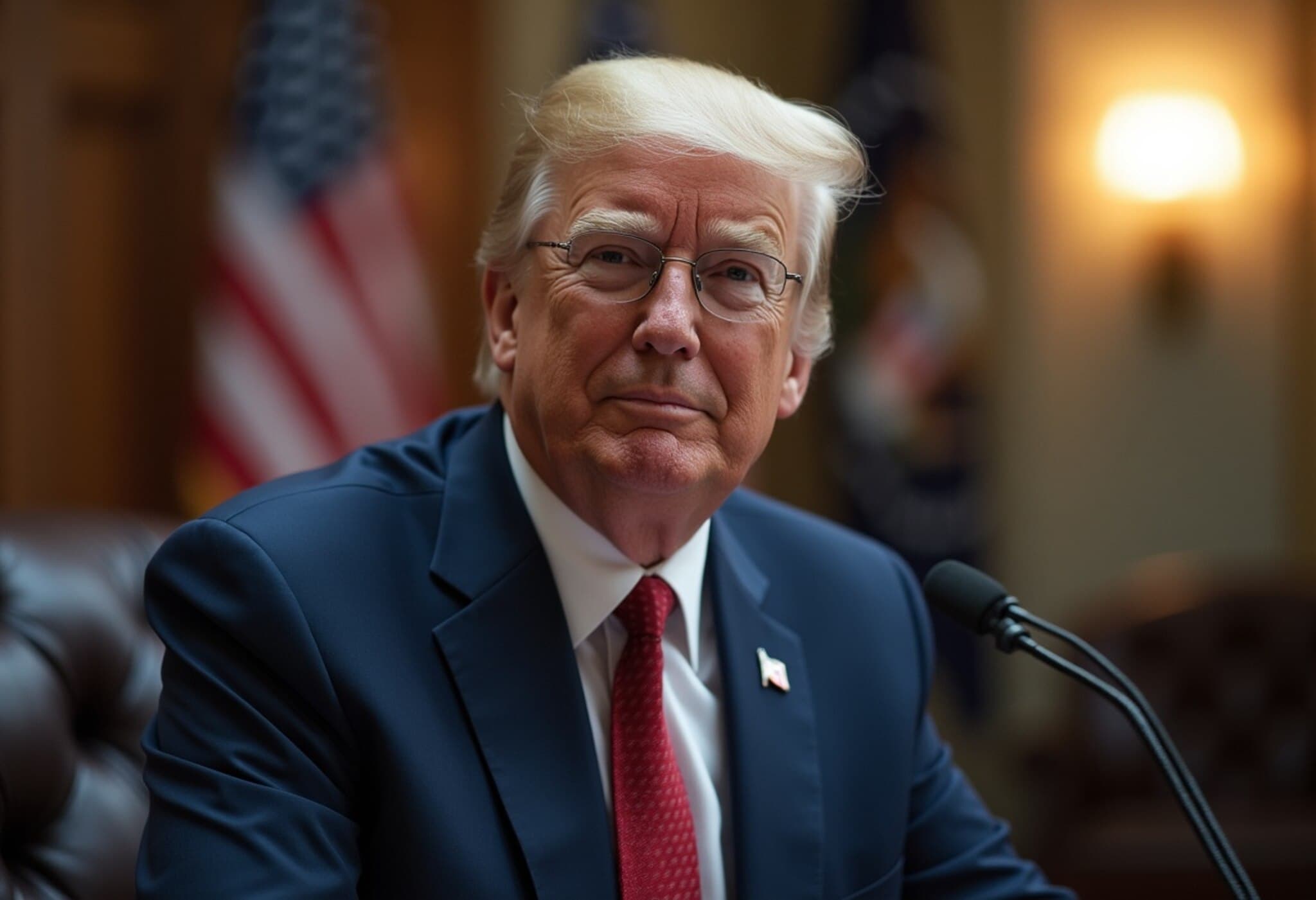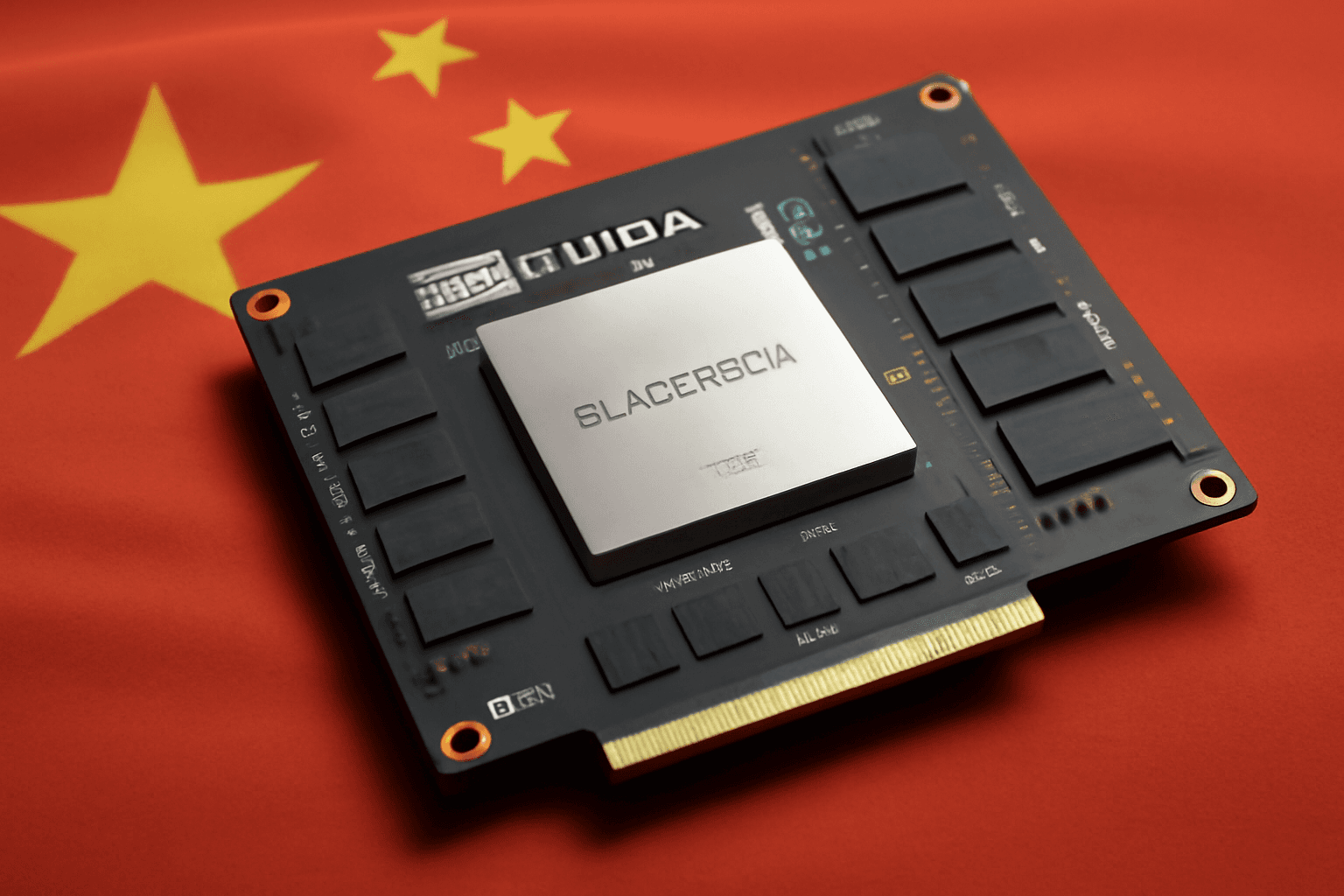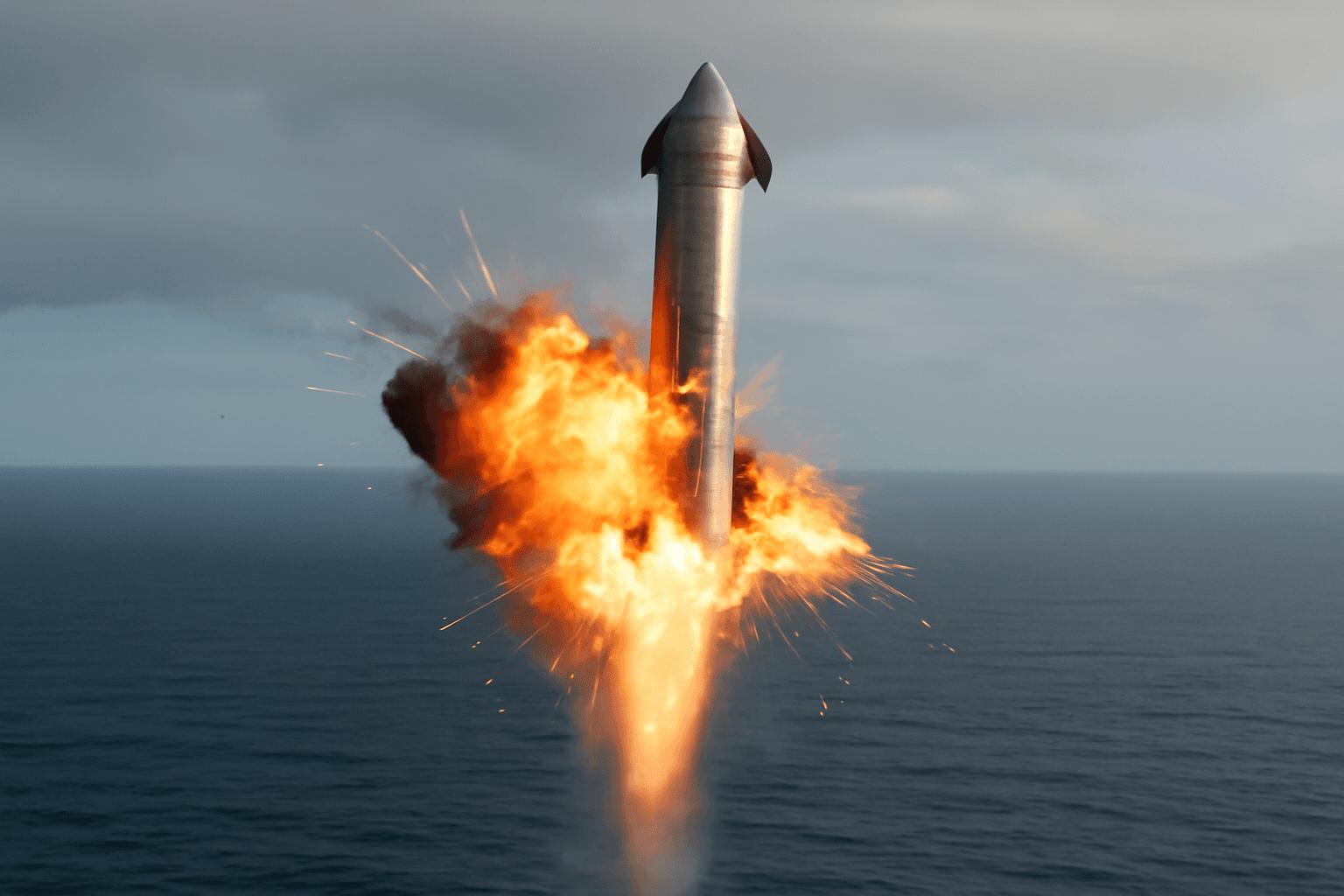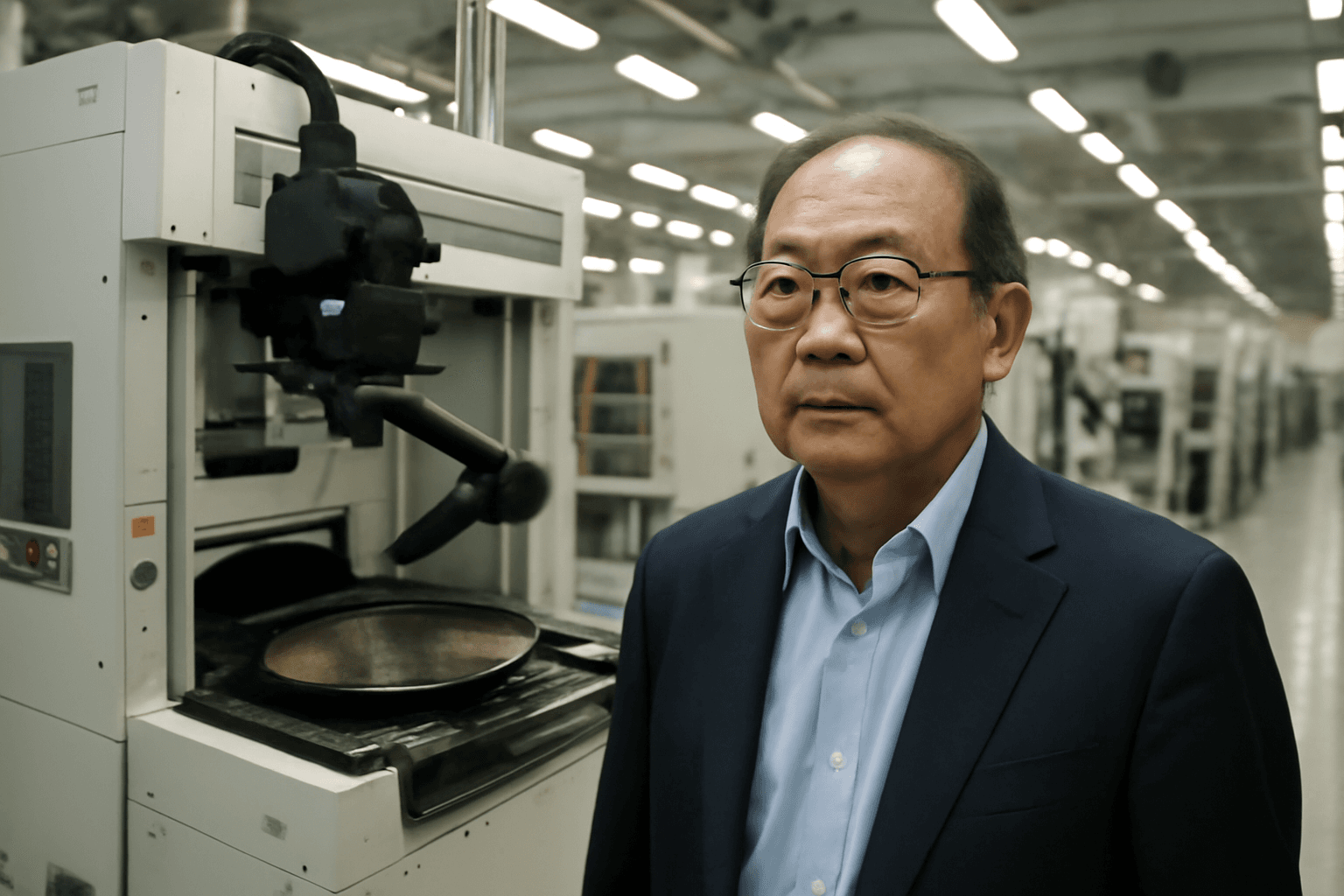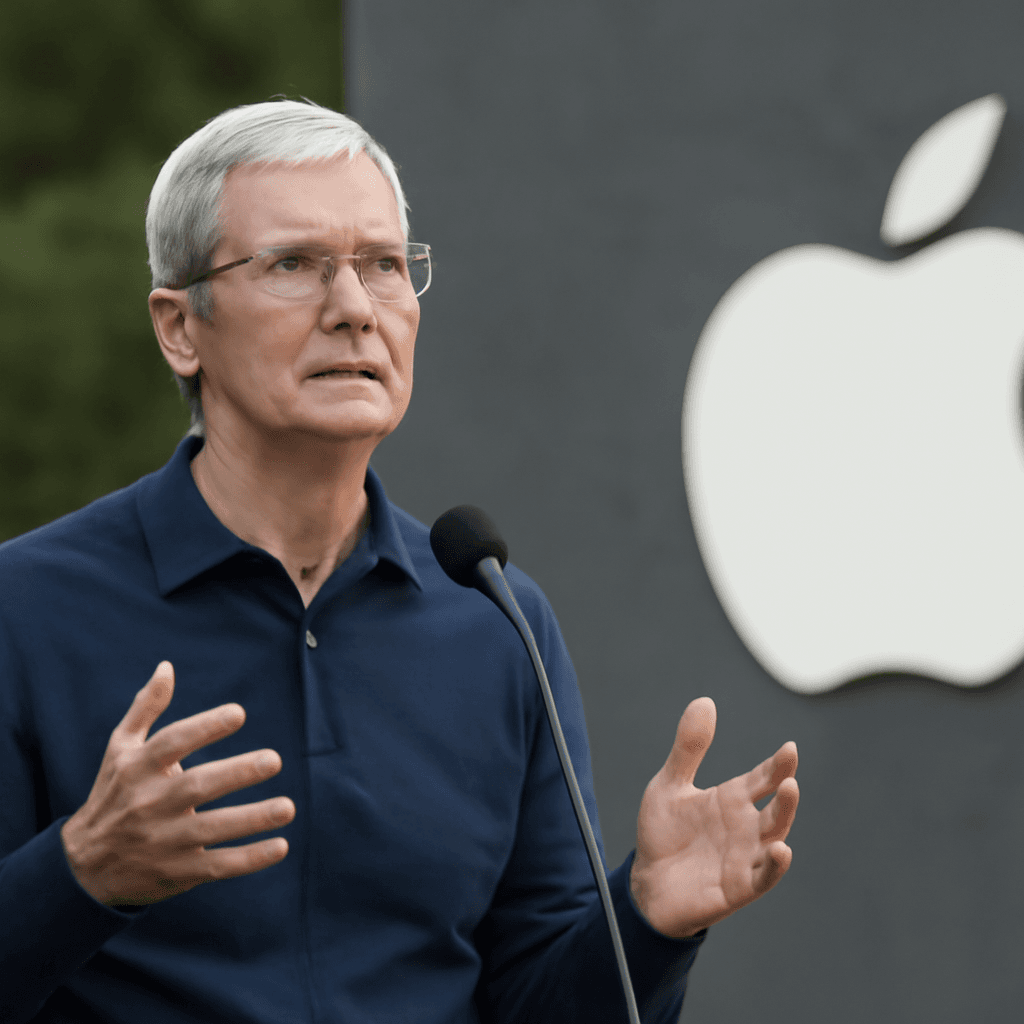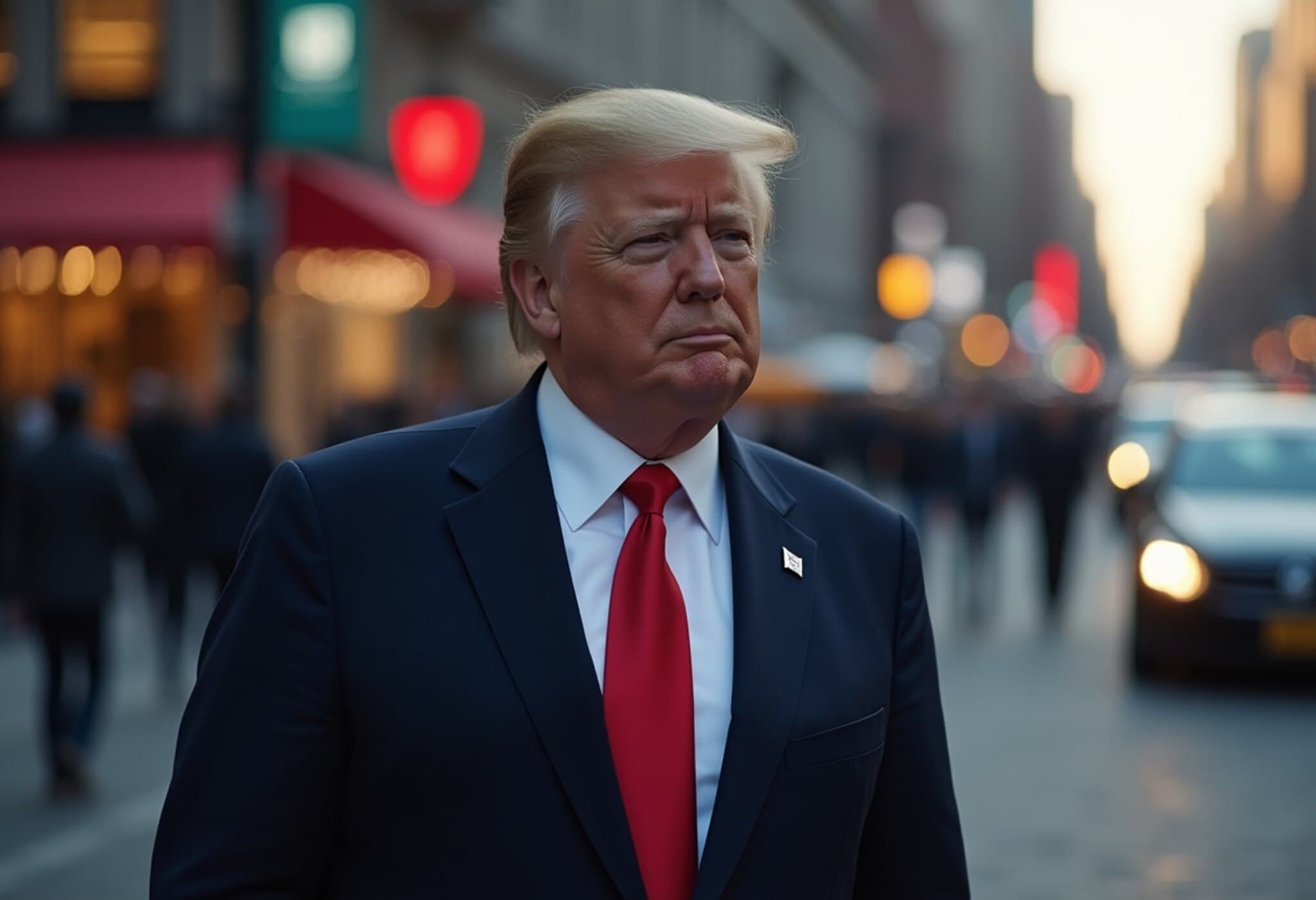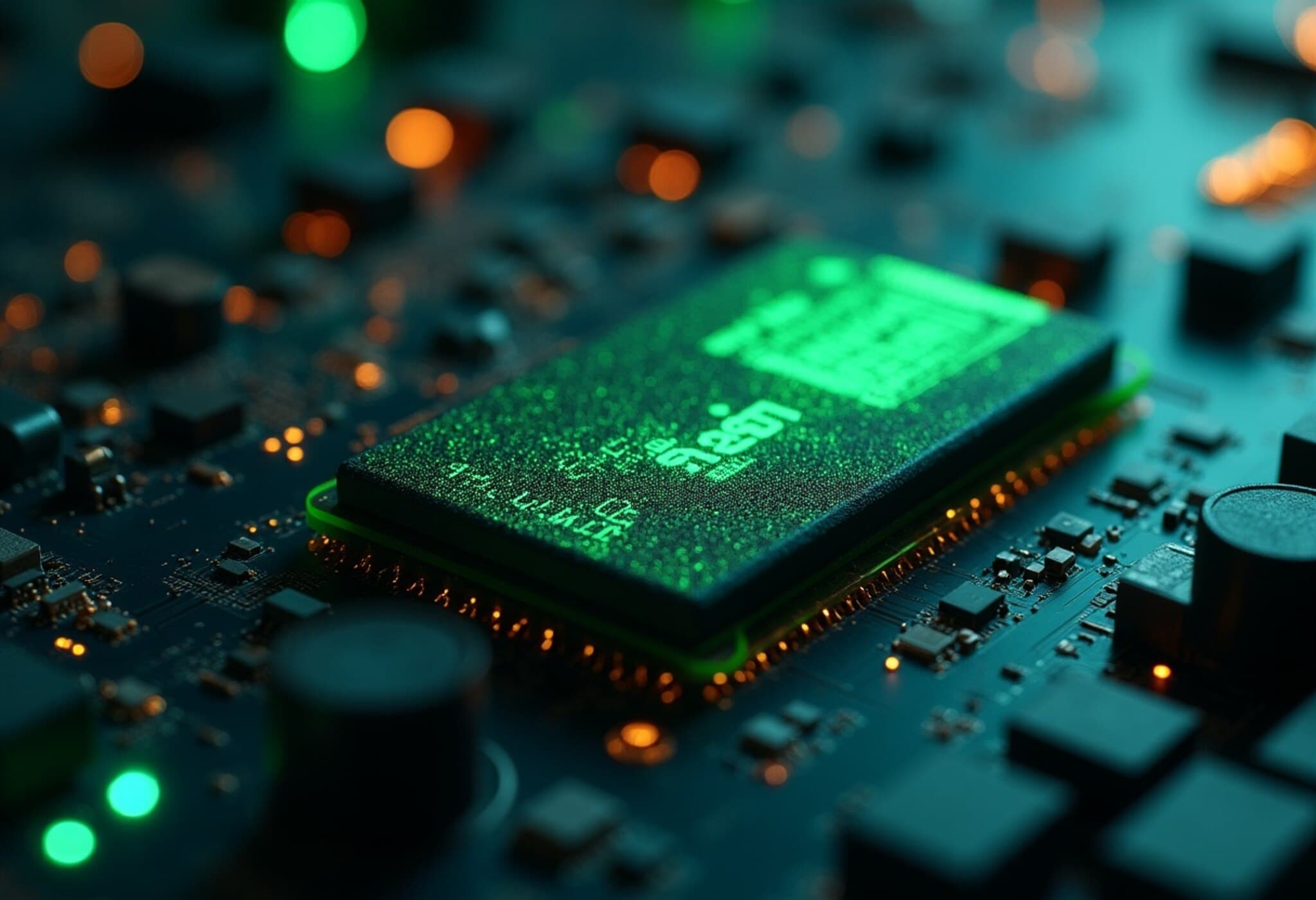Apple CEO Tim Cook’s Delicate Dance with Trump’s Made-in-USA Vision
On August 6, 2025, Apple’s Chief Executive Officer Tim Cook found himself in the Oval Office alongside then-President Donald Trump, in a high-profile event meant to highlight Apple’s extensive commitment to the U.S. economy. While Trump insisted on an American-made iPhone, Cook skillfully presented an updated but measured strategy – one that deepens Apple's footprint in the United States without an immediate pivot to domestic iPhone assembly.
Unpacking Apple’s $600 Billion U.S. Investment Pledge
The announcement centered on Apple’s plan to invest roughly $600 billion over four years across the U.S., focusing heavily on partnerships with established American suppliers and new initiatives in semiconductor manufacturing and data centers. This move, framed as the “American Manufacturing Program,” is less a seismic break from Apple’s global supply chain than a nuanced enhancement designed to broaden its domestic industrial footprint while maintaining operational flexibility.
Maintaining Global Assembly — For Now
Cook’s words were clear: although many of Apple’s critical components—like glass screens and facial recognition sensors—are sourced from U.S. companies, the final assembly of iPhones will continue abroad “for a while.” The assembly process, while symbolically significant, is only a fraction of Apple's complex manufacturing ecosystem. By emphasizing investment in American suppliers rather than shifting all assembly stateside, Cook managed to address Trump’s demand symbolically without disrupting Apple’s finely tuned logistics and cost structures.
Expert Insight: Strategy as Economic Diplomacy
Business experts interpret Cook’s announcement as deft economic diplomacy. Peter Cohan, a strategy professor at Babson College, suggests, “CEOs like Cook are navigating a delicate game — giving the administration something substantial to tout while avoiding measures that could undermine their company’s global competitiveness.”
Such an approach evidently resonated with investors: Apple’s stock jumped 5% on the announcement day itself, followed by another 3% gain the next day.
A Closer Look at the American Manufacturing Program
Apple spotlighted its collaboration with some of its longest-standing U.S. partners, underscoring commitments that include:
- Corning Inc.: Produces all cover glass for iPhones and Apple Watches at its Kentucky plant, Apple will invest $2.5 billion to expand this vital production line.
- Coherent Inc.: Supplies lasers essential for Face ID, operating its Texas facility to keep cutting-edge technology domestic.
- Texas Instruments & Samsung: Partners in advanced chip manufacturing in Texas, Utah, and beyond, innovating in semiconductor tech.
- GlobalFoundries & GlobalWafers: Key players in wafer production and chip manufacturing, supporting Apple’s 5G ambitions inside the U.S.
These partnerships highlight a strategic choice to deepen the domestic supply chain's sophistication and capacity rather than relocate entire product assembly.
The Broader Industrial and Economic Implications
This pivot underscores the increasing importance of semiconductor manufacturing and AI data centers for Apple’s future. Expanding data centers in North Carolina, Iowa, Nevada, and Oregon speaks to Apple’s growing focus on cloud computing and artificial intelligence—fields where domestic presence carries both economic and national security weight.
Trump’s Response and the Politics of Manufacturing
President Trump appeared satisfied with the announcements, suggesting that Apple’s extended U.S. investments could eventually incentivize moving final assembly back to American soil. Yet, this narrative also serves political theater, portraying Apple as a champion of American industry while acknowledging the realities of global supply chains.
Tariffs and Trade Tensions
Cook’s announcement came at a sensitive moment, as the Trump administration hinted at imposing tariffs on semiconductor chips, a move that could have triggered significant ripple effects given Apple’s reliance on numerous chip suppliers worldwide. Notably, Apple secured an exemption from these tariffs, revealing the strategic give-and-take between corporate giants and policymaking.
Balancing Business Realities and Political Expectations
Apple’s $600 billion headline figure encompasses ongoing expenditures like supplier purchases, operating costs, data centers, and even content production—not solely new investments. Data shows Apple’s U.S. spending has risen steadily from around $60 billion annually in 2018 to approximately $150 billion now, a sizeable sum but representing just a portion of its nearly $275 billion global spending.
Financial analysts caution that much of this spending is “the cost of doing business,” not transformative changes that will drastically alter Apple’s supply chain economics or retail pricing. Wedbush analyst Dan Ives pointed out that a fully made-in-USA iPhone would inflate costs exponentially, potentially pricing consumers out of the market.
Transparency and Accountability Challenges
Apple maintains tight confidentiality around the specifics of supplier relationships and exact U.S. spending, making it difficult to independently verify the depth of these commitments. This opacity feeds skepticism among some observers who see announcements like these as largely symbolic gestures designed to smooth political tensions.
Looking Ahead: The Real Value of Apple’s U.S. Strategy
Tim Cook’s White House meeting serves as a case study in balancing complex pressures: satisfying political demands for domestic manufacturing while safeguarding Apple's operational agility in a globally interwoven supply chain. The expanded investments mark progress but realistically signal incremental adjustments rather than a manufacturing revolution.
For American workers, these enhanced partnerships may lead to strengthened supplier bases and more resilient tech manufacturing hubs. For consumers, it means continued access to affordable, cutting-edge devices supported by a supply chain that spans continents but increasingly roots critical components in U.S. soil.
Editor’s Note
This episode reveals the intricate dance between political ambitions of reshoring manufacturing and the economic realities faced by multinational corporations. While the spectacle of a made-in-USA iPhone captures headlines, the underlying story illustrates how innovation and economic diplomacy are evolving. It raises crucial questions about how much reshoring is truly feasible without significant tradeoffs in cost, innovation, and consumer access. As Apple continues to expand U.S. operations, scrutiny of transparency and long-term impacts will be essential for understanding the boundaries of American industrial revival in the tech sector.

